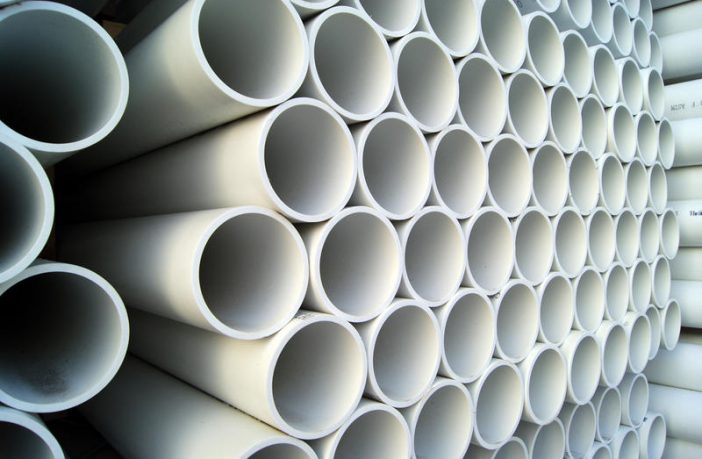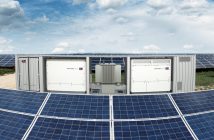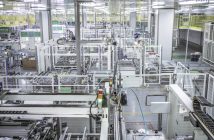- PVC is a persistent organic pollutant source material.
- Global market demand is for PVC is around 40 million tonnes, 70% of which is used in building construction.
- The manufacture and disposal of PVC can cause accumulation in human and animal tissue.
- PVC is associated with immune system impairment, damage to developing nervous systems, and damage to the endocrine and reproductive systems.
Polyvinyl Chloride or PVC as it is known is one of the buildings materials that has caused much controversy and polarised debate in the building industry. Is it environmentally friendly or not?
Today the world market demand is for PVC is around 40 million tonnes, 70% of which is used in building construction. PVC is used in plumbing, specifically above and below ground piping. It is also used as a window frame material and with the addition of plasticisers plus the material is used as based floor coverings.
PVC is a persistent organic pollutant source material. Due to its chlorine content, PVC often contains other ‘building materials watch list’ ingredients like cadmium, lead, and phthalates. The manufacture and disposal of PVC can result in the production of dioxins (includes burning). Dioxins can accumulate in human and animal tissue and are associated with immune system impairment, damage to developing nervous systems, and damage to the endocrine and reproductive systems.
Disposal of PVC typically occurs in four ways; landfill, incineration and fires and dumped illegally. However, PVC can be recycled. Rather than heading for landfill or incineration, waste PVC can be returned to manufacturers as raw material for forming into new products. The ‘loop’ avoids the dangers associated with the creation of dioxins and the impacts of disposal at end-of-life.
Author: Bryan Groenendaal











